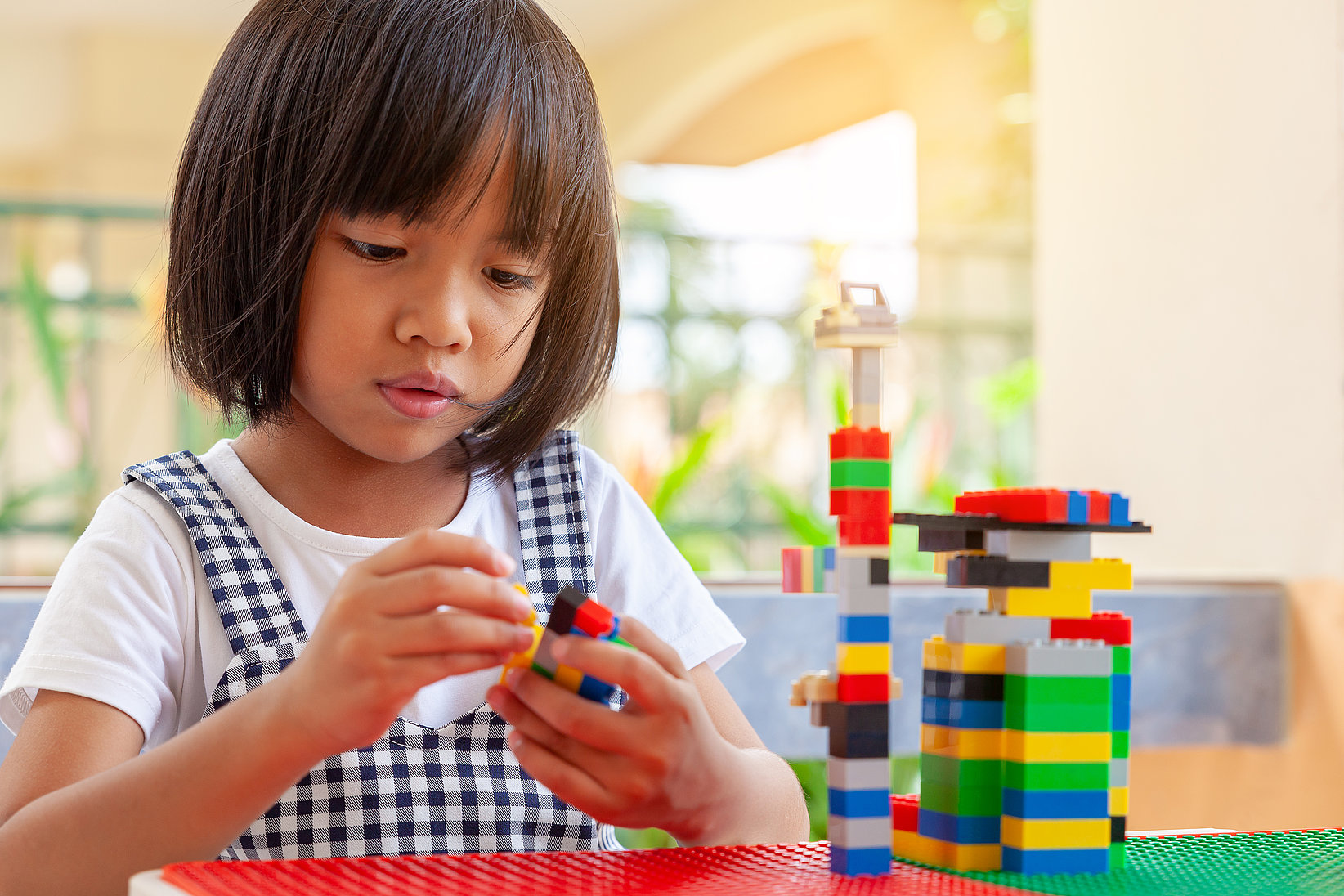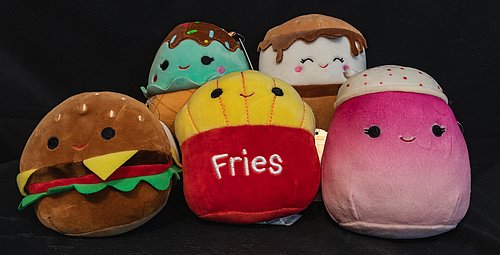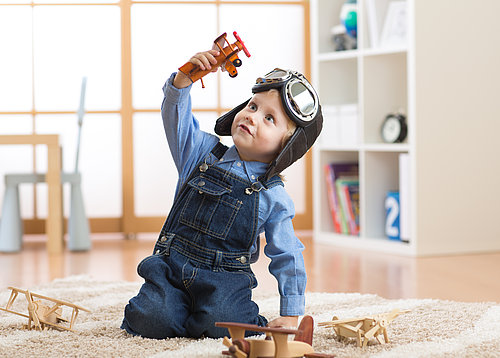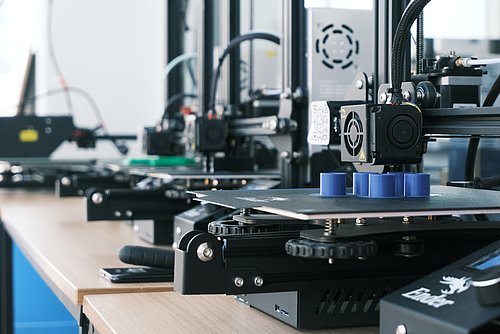
We are Family, Families, Toys, Children's marketing, Brands
Are Toys Recession Resilient?

The lipstick effect, named by cosmetic mogul Estée Lauder’s son, Leonard Lauder, is the idea that sales of small, affordable luxuries rise during economic recessions. The behaviour has been well documented through previous downturns as people treat themselves to chocolates, coffees and yes, lipsticks) as a means to boost their mood. In the kid’s and family retail space, toys have often been proposed as a sort of “lipstick” of their own, as sales can remain steady or even increase during times of broader economic stress. In this week’s blog we’ll have a look at existing research to see what kinds of toys this theory holds true for and highlight the ones that have become household favourites during times of financial trouble. We’ll take the long look; from the Great Depression of the 1930s, to the 2008 financial market crash, to the cost of living crisis we face today.
First off, there are a couple of reasons that toys are thought to be relatively recession proof. For one, parents generally try to shield their children if the families’ economic situation is tough, spending money on their kids in a way they won’t necessarily spend on themselves. Second, toys are emotional purchases. They can trigger nostalgia, excitement, and glee in a way that staple purchases like socks and trousers can’t, so even tight-budgets are stretched to include a toy or two, offering a much needed reprieve from the stress of everyday life. This plays into the third reason toys are recession resilient, when you take the “fun factor” into account, toys can be comparatively good value for money. A new toy brings joy and entertainment for a lot less than a big ticket item like a holiday.
For example, during the Great Depression in the 1930s sales of board games soared, and one game in particular saw an incredible boost in its sales. Though it wasn’t a new release by any means (it had been around for about 30 years), the real-estate themed game Monopoly—now a household classic—came into a golden age. It seems that offering a bit of financial escapism, or giving players the opportunity to play mega-rich hotel magnates for an hour or two provides a welcome distraction for those with much shallower pockets in real life. Board games like Monopoly can also be played over and over again, shared or traded with neighbours and friends, and played by pretty much the whole family, offering excellent value for money entertainment.
This held true nearly 70 years later, too. After the 2008 financial crash, board game sales spiked again. And this time round, they were joined by a famous brand of colourful plastic bricks. In the first six months of 2009, total UK sales of Lego jumped up 35% from the year before. Like Monopoly, Lego can be played with over and over again (and in countless ways). They had something else on their side too—brand recognition. During times of economic stress, families are more likely to buy into big branded toys because a) they trust the quality that comes with a well-known name and b) it’s a sure bet that their superhero loving 7-year-old will be over the moon with her new Batman Lego set.
Historic precedents aside, it’s unclear how resilient the toy market will be in 2023. Sales of toys leapt up in 2020 during the coronavirus pandemic and continued to rise in 2021. As a result, toy retailers stockpiled in 2022 to keep up with surging demand, but the cost of living crisis pushed sales down last autumn, leading both to deep discounting (hitting profit margins) and excess inventory across retail and wholesale. The situation is still developing, so it’s difficult to get an accurate picture of where things sit and which toys (if any) are proving themselves as the “lipsticks” of the season. We’ll be keeping an eye on how it develops, but in the meantime, anyone for a game of Monopoly?


